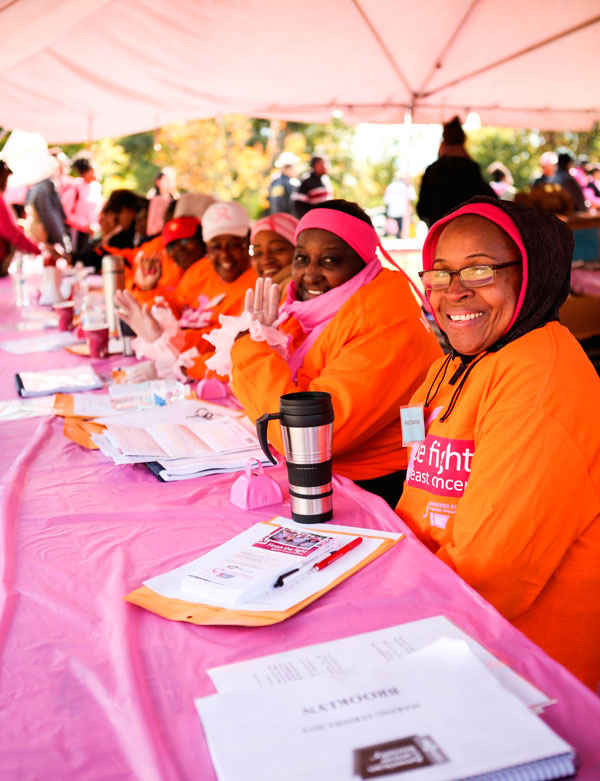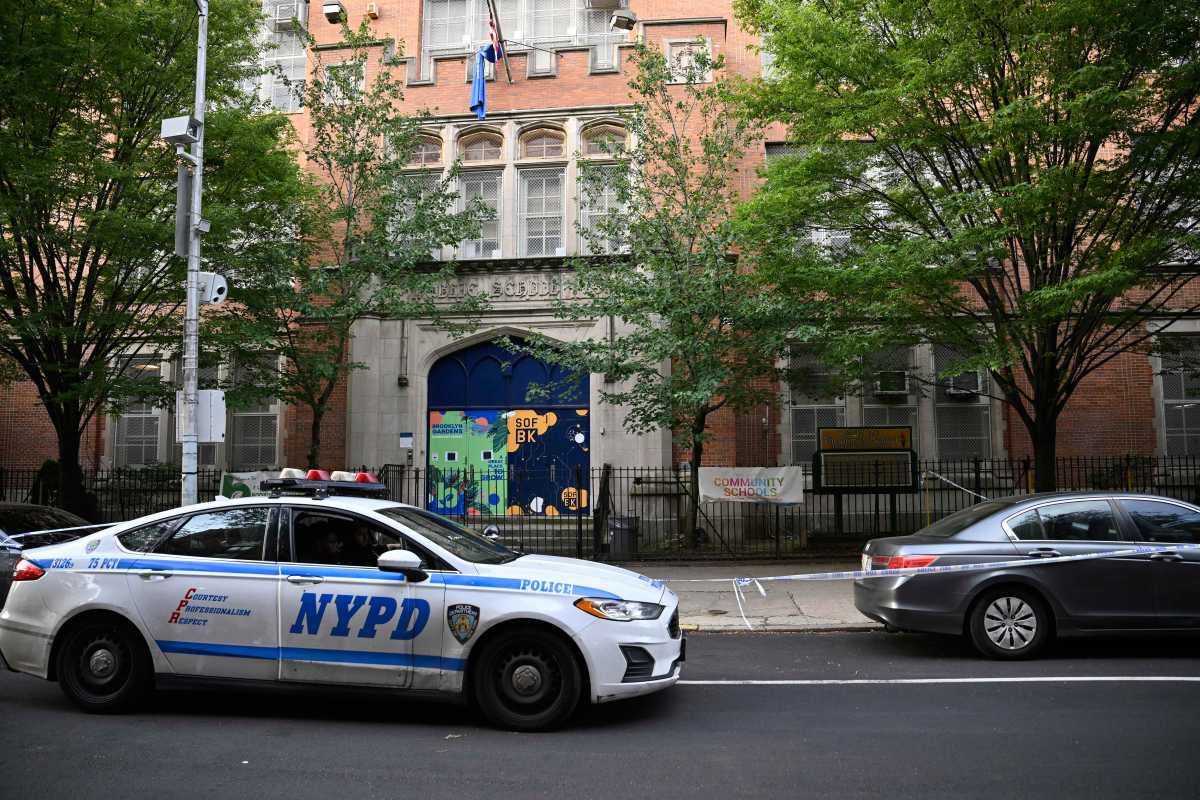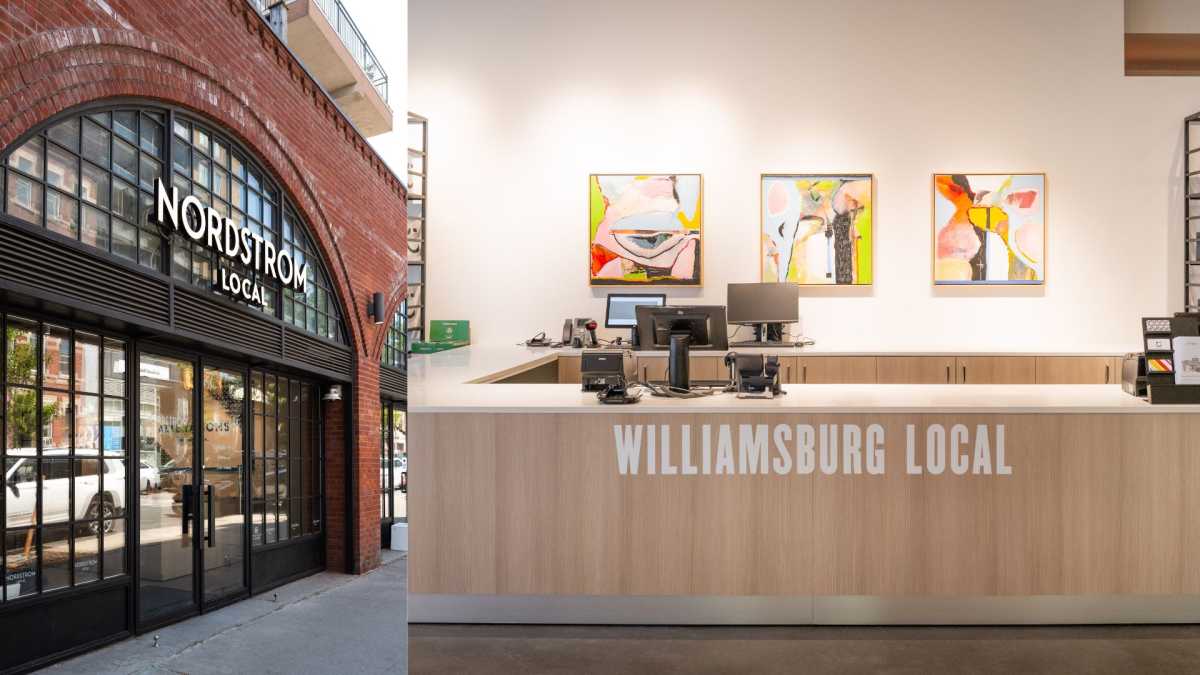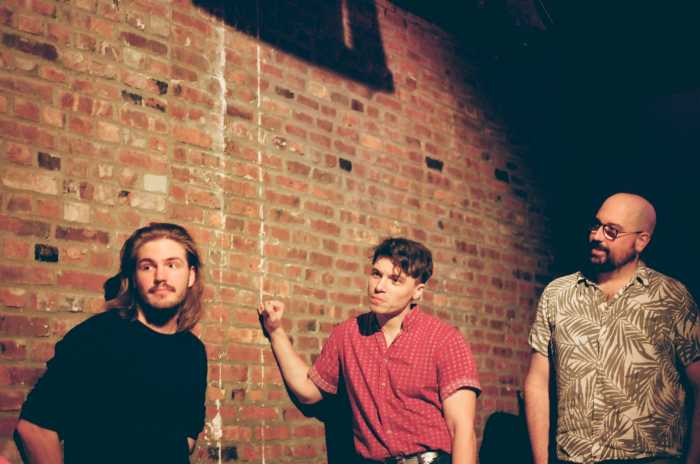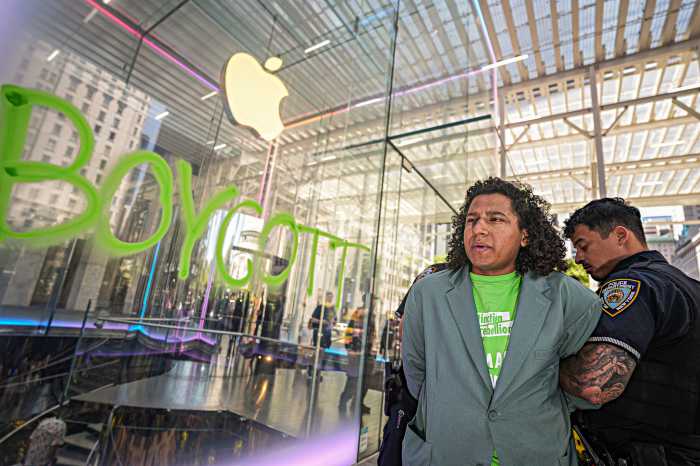Volunteers of all ages and walks of life fuel and energize the American Cancer Society, donating their time and skills to help eradicate a disease that has claimed so much from so many.
Here are some ways to give the greatest gift of all — yourself — to help someone battling cancer:
• Road to Recovery recruits volunteer drivers who use their own personal vehicles to drive cancer patients to and from treatment and other cancer-related appointments. You must be above 18 years of age and have a current, valid driver’s license, proof of automobile insurance, and own a safe and reliable vehicle.
• Look Good, Feel Better provides free cosmetics, and makeup and wig-styling lessons to women dealing with the aesthetic side effects of chemotherapy. Volunteer hairstylists, aestheticians, makeup artists, nail technicians, and other beauty professionals conduct group programs or one-on-one salon consultations for a few hours a month at medical and health facilities.
• DetermiNation volunteers participate in a marathon, triathlon, cycling race, or other endurance event to raise funds for cancer research, making the finish line just the beginning!
• Cancer Action Network enables the politically minded to help enact laws and policies to make the fight against cancer a national priority. Meet with legislators, plan events, encourage new membership, and help make phone calls. Network campaigns have led to 35 states going smoke-free, and increased federal funding for research.
• Relay For Life teams camp out overnight and take turns walking or running around a track or path at a local school, park, or other community space to raise money.
• Making Strides Against Breast Cancer walk offers behind-the-scenes opportunities to raise awareness and funds.
• The Society in Second Life is a three-dimensional virtual world built entirely by users. Volunteers can reach out to millions of people around the world to share the group’s mission, and advocate for those touched by cancer.
• Leadership Council volunteers serve as ambassadors in their communities, collaborating with corporations, health systems, advocacy leaders, and other community stakeholders to broaden the span.
• Reach To Recovery matches trained volunteer breast cancer survivors to people living with the disease. Volunteers provide understanding and hope through face-to-face visits or by phone.
To volunteer for these and other American Cancer Society programs visit www.cance


